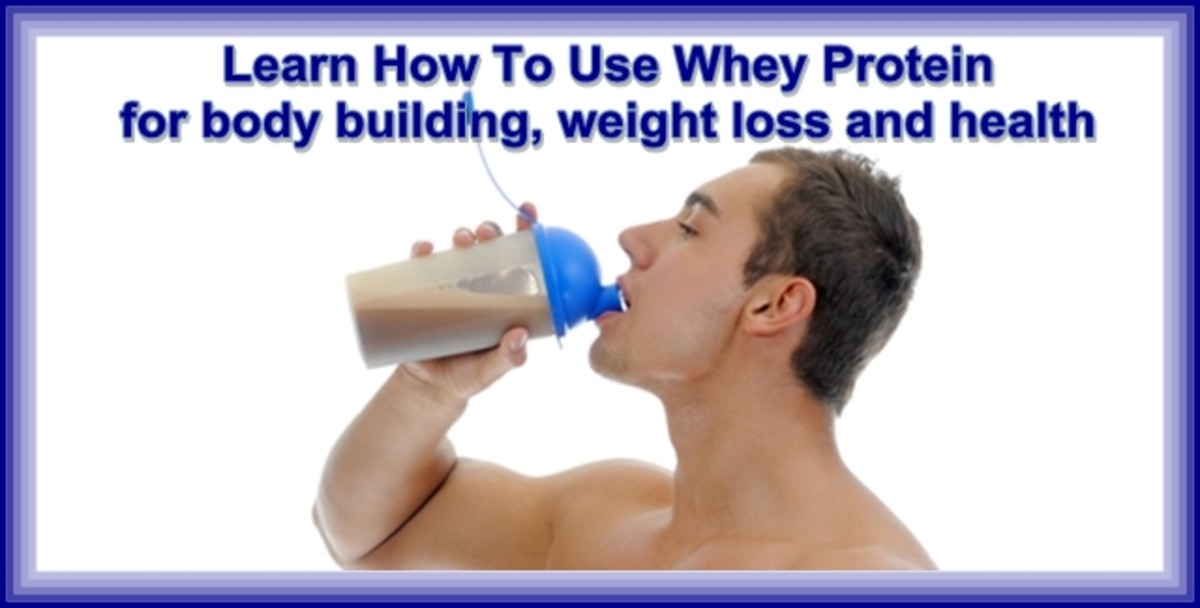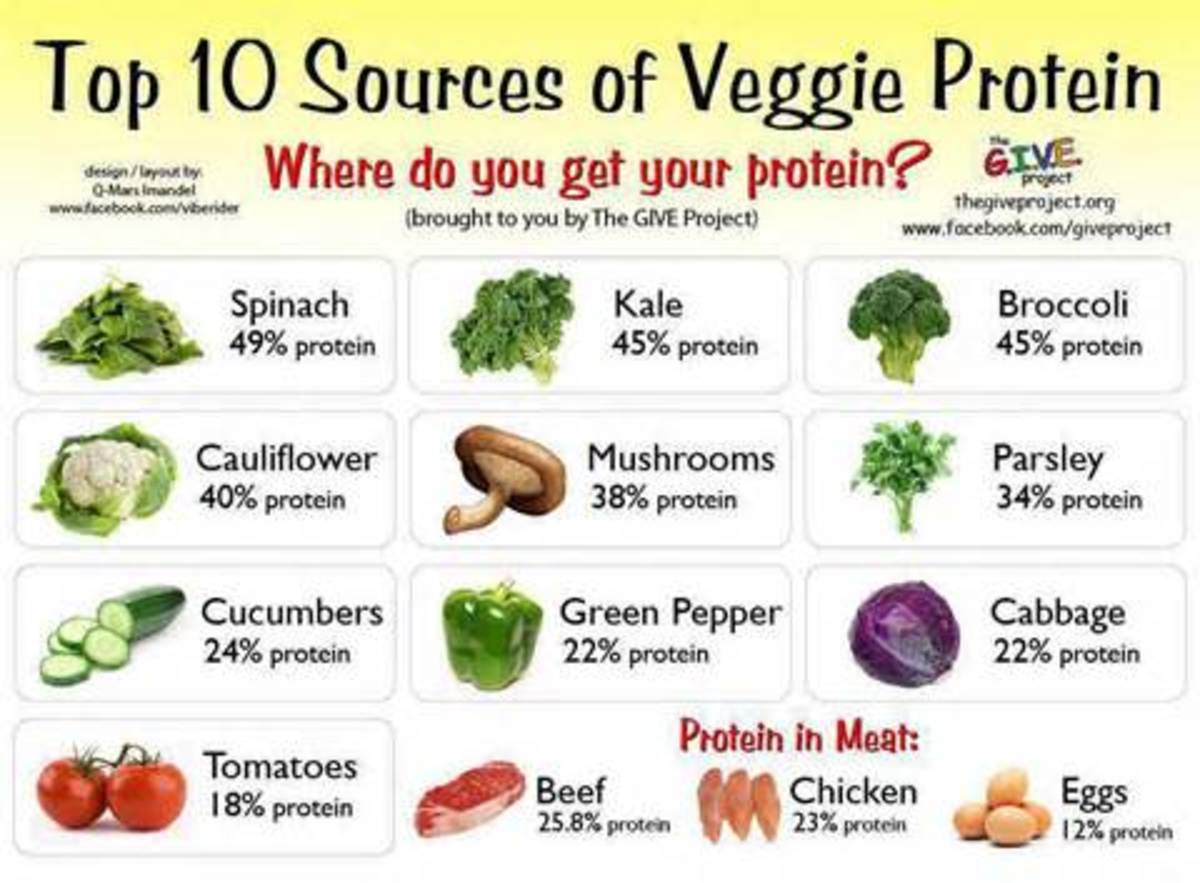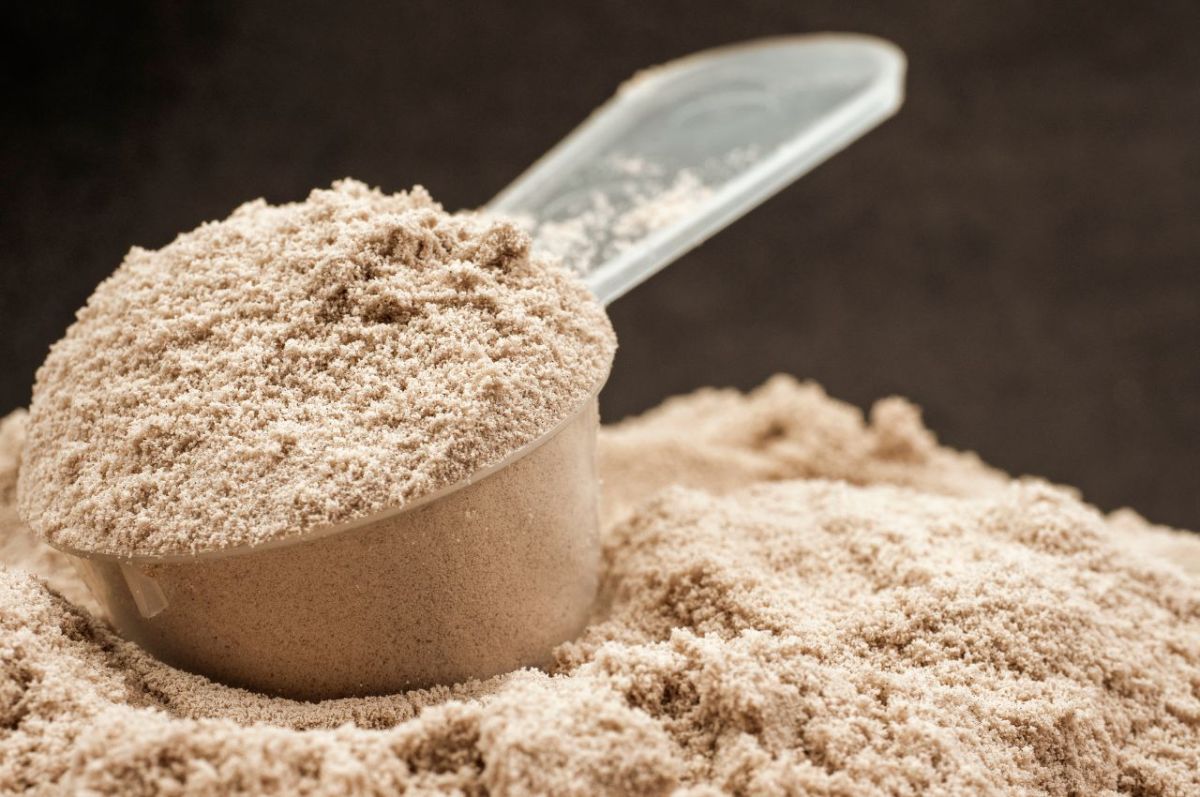The Benefits of Protein
Dr. Uriel S. Barzel, M.D., from Albert Einstein College of Medicine in New York, showed that the long-term ingestion of excess acid through protein digestion caused osteoporosis-like bone loss in rats. The bone loss developed as a response to the physiological stress imposed on the animal by the acid state.
Early research into high protein diets showed an increased calcium absorption, but the magnitude of this increase did not offset the increased urinary calcium loss. Other studies show that when you eat a high protein diet, your phosphorus level drops; therefore, all that excess calcium, which can no longer work in relation to the phosphorus, can become toxic and/or be excreted into the urine.
Whenever you do something to upset your body chemistry, such as eating too much protein, excess calcium can be excreted into the urine. The Arctic Eskimos, whose main diet is fish, have a far greater bone loss than other people in the same region eating a diet with less protein.
When the body is giving off excess calcium in the urine, the body is out of homeostasis and in for trouble. Ninety-five grams of protein per day will cause a daily calcium loss of twenty-six milligrams. This loss may be due to the high concentration of acid ash, which is the end product of meat digestion and which the body tries to neutralize by dissolving calcium and phosphorus from the bones.
Amino acids, a breakdown product of protein metabolism, have also been found to cause excess calcium secretion. Researchers found that the percentage of calcium in the urine increased as the amino acids increased. They also discovered that the phosphorus increased in the diet as the protein increased. The effect of excessive phosphorus in the gut was said to be the most important factor in relating why there was excess calcium in the urine. These researchers understood that the excess phosphorus in the diet caused extra calcium to be excreted, but they never saw the whole picture, they didn't realize that all minerals (not just calcium and phosphorus) work in relation to each other.
Each person is able to handle a different amount of protein. It depends on how depleted the buffer systems are. You might be surprised at how high in protein certain foods are, and how little protein others contain.
There is a test that can help you discover the amount of protein you can handle. First test the pH of your saliva. Next, eat an eight-ounce serving of broiled or baked beef, chicken, fish, or pork at one sitting. Make sure not to eat anything else. Test your saliva again. If your saliva becomes acidic, you have exhausted your buffer system and you are not only acidic, but can be losing calcium from your bones as well.
I would like to say a few things about vegetarianism. If you are a vegetarian, our program will suit you fine. On any one of the food plans, it is possible to combine beans and grains to get complete protein. Many meat eaters in our society are "protein logged" today—bacon and eggs for breakfast, hamburgers for lunch, and meat and potatoes for dinner. That's too much protein, and we have learned that too much protein can cause osteoporosis. If you are a vegetarian, you probably do not eat too much protein, unless you are obsessed with cheese and eggs.
Vegetarians can have problems with clogged arteries because many vegetarians still eat sugar. The body manufactures its own cholesterol, even if one does not eat it. Eating sugar can upset the body chemistry, which can make some of the calcium non-functioning or toxic. This toxic calcium can cling to the cholesterol, causing the arteries to harden. Many-vegetarians have eliminated sugar from their diets, which is certainly a good idea.
A meat eater should remember to boil, poach, steam, or bake chicken, fish, beef, and eggs. Do not fry, saute, or barbecue. Remember to eat small portions.
This article is about osteoporosis, not hardened arteries, but any way we upset our body chemistry can cause clogged arteries in some and osteoporosis in others. Some unfortunates can get both.
- What Is Osteoarthritis?
The main joints of the body are the ankles, knees, hips, shoulders, and elbows. If they seem to be chronically stiff or make strange noises when you move them, you might be a candidate for... - Too Much Phosphorus May be Bad for Your Bones
Americans have doubled their average daily intake of phosphorus over the past forty years, from less than 800 milligrams to over 1,400 milligrams. During the same period of time, the average daily intake...








